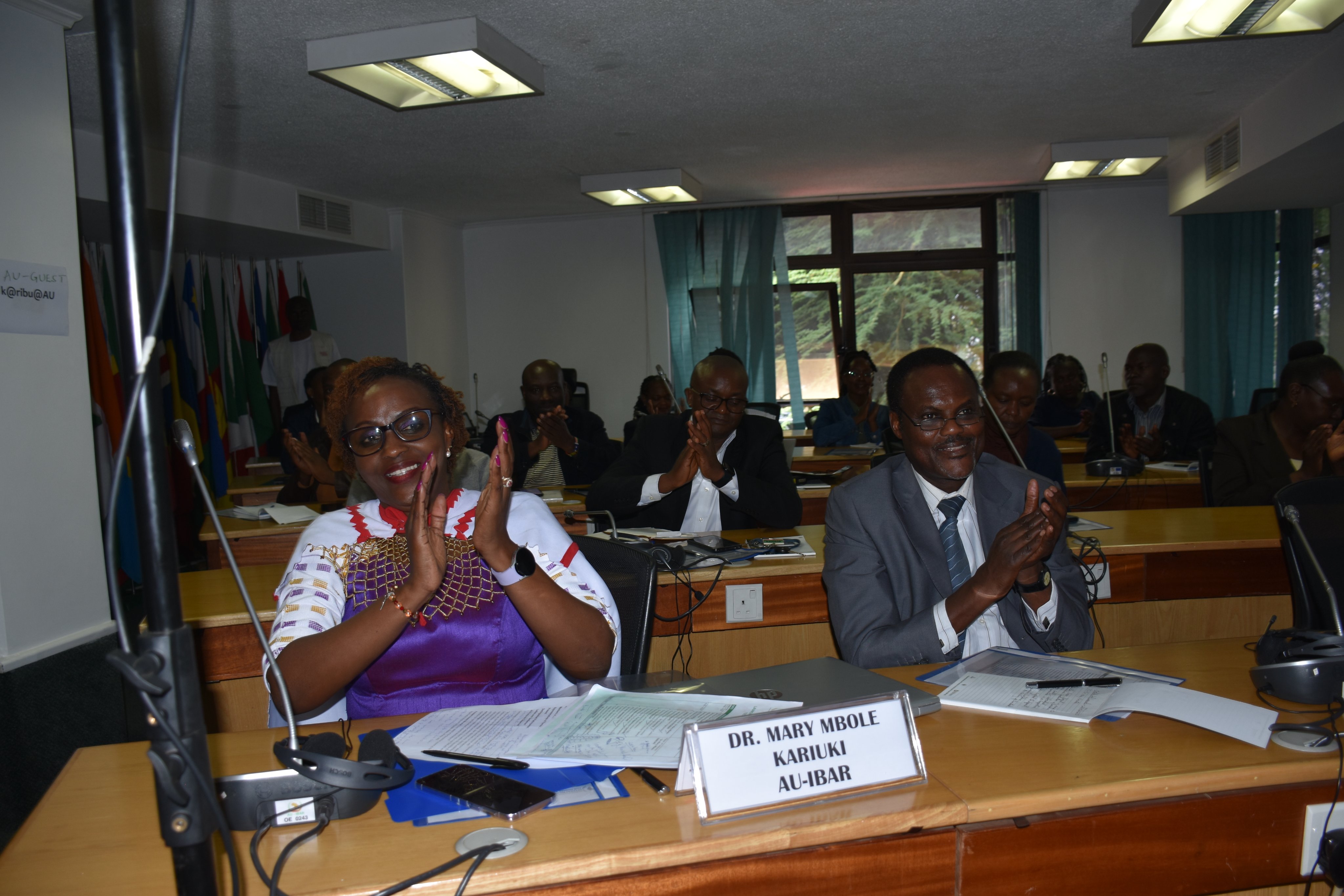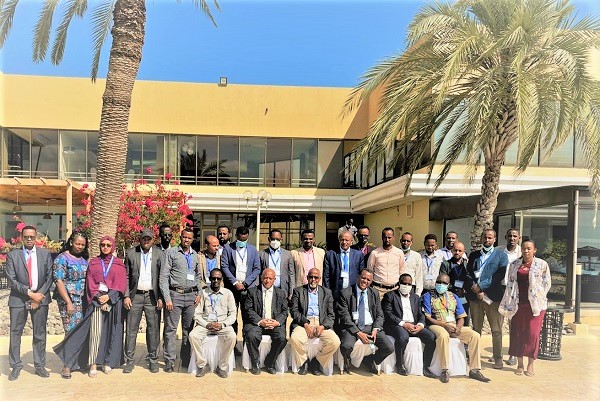Drought situation worsening as livestock mortality continues
By Judith Akolo
The Famine Early Warning Systems Network (FEWSNET) is warning that the drought situation is worsening in the pastoral regions of the country. According to FEWSNET, water sources are drying up in the pastoral areas of Kenya following the end of the fifth consecutive rainy season.
In its February report, the Network indicates that the National Drought Management Authority (NDMA) sentinel sites reports that, “livestock body conditions are getting from largely poor to very poor, with livestock deaths due to the drought continuing to be reported.”
The report indicates that people are traveling on average, three to 17 kilometers to access water, while livestock trek 10 to 33 kilometers due to limited water access. “Livestock milk production, a key source of food and income, remains well below normal, with livestock producing from zero to 0.9 liters per household per day,” says the report on the ongoing drought situation in the Arid and Semi-Arid Lands (ASALs) in the country, and adds, “Overall, the ongoing drought continues to severely hinder household access to food and income, resulting in widespread Crisis.”
According to the report, the marginal agricultural areas of Kitui and Meru counties and in parts of Kilifi and Kwale counties, there are reports of crop failure following the below-average October to December short rains.
“Across the marginal agricultural areas, the maize crop is unlikely to reach maturity following the cessation of rainfall in late December and inadequate soil moisture to support growth,” the FEWSNET report warns.
A below-average harvest of green grams, cowpeas, and beans is also underway in most areas, compounded by the early consumption of green produce, especially beans which means that there could be nothing to harvest, “overall, households remain atypically reliant on market food purchases due to a lack of stocks from the below-average March to May 2022 season.”
The danger is that households are now relying on off-own farm activities such as selling charcoal, firewood, and petty trade to earn income, which could further undermine the quest to plant 15 billion trees by the end of 10 years, this as food prices remain high even as household earnings remain limited.
View Full Post and Comments






